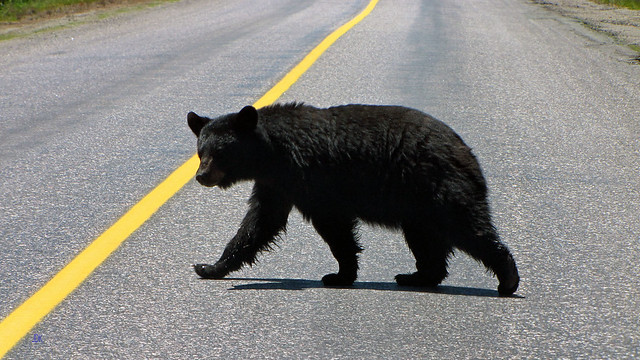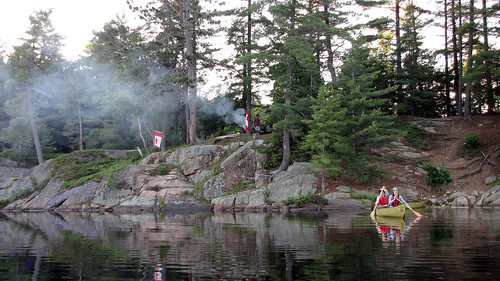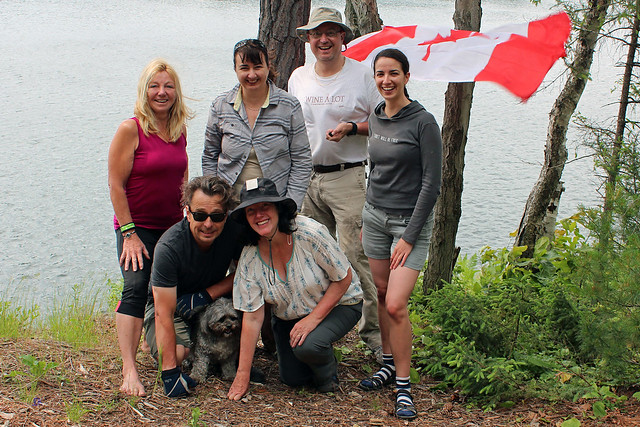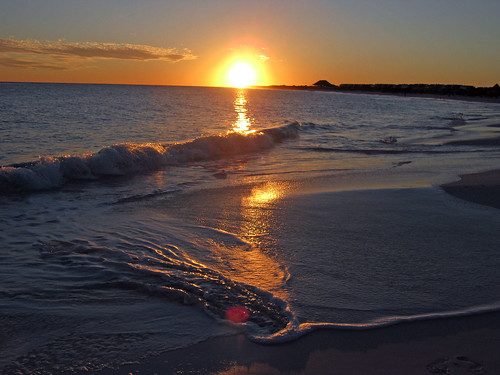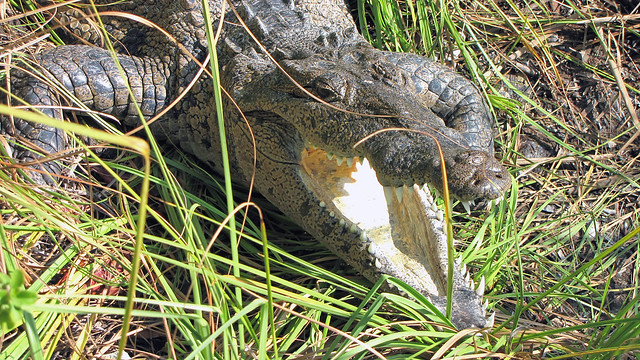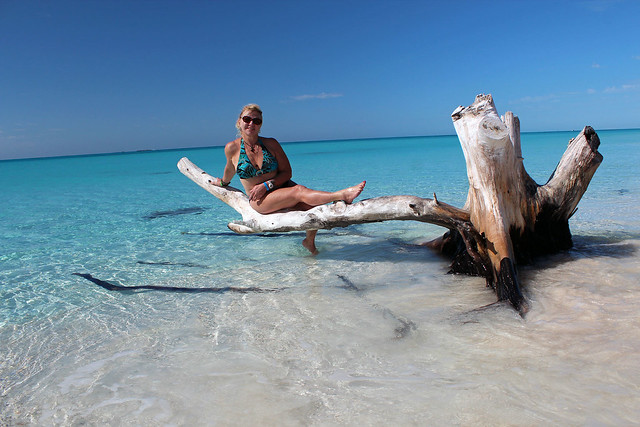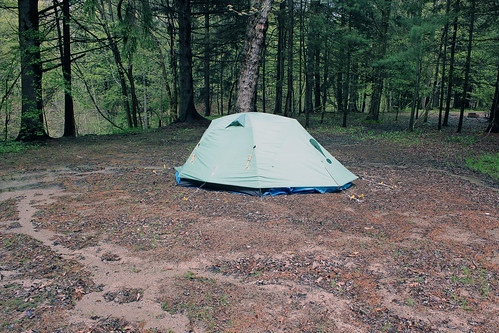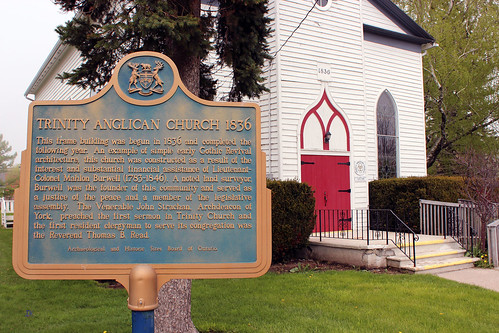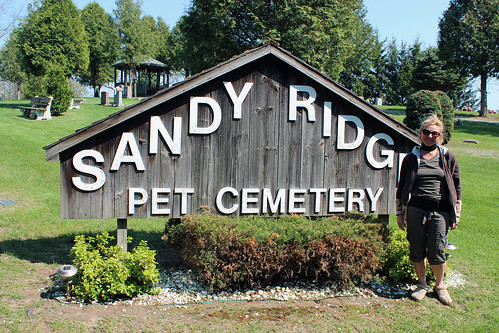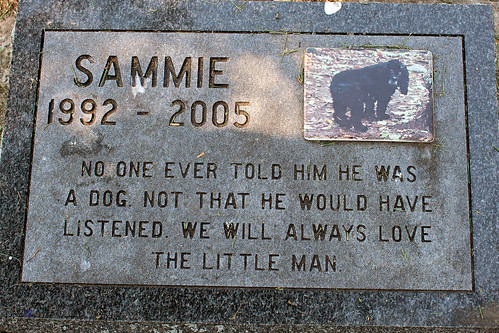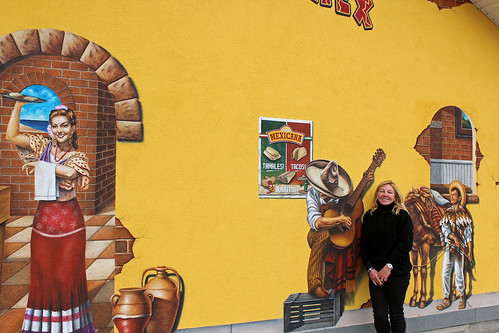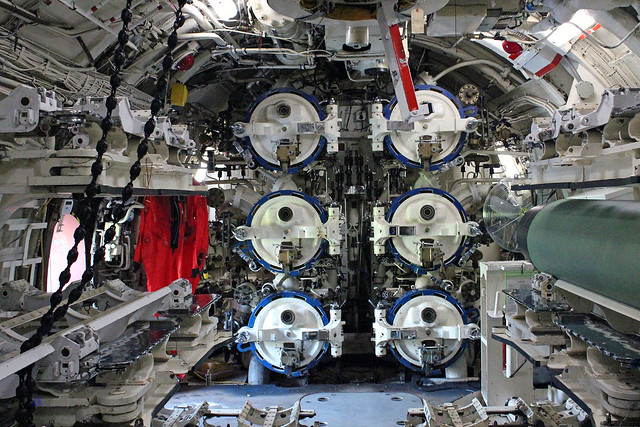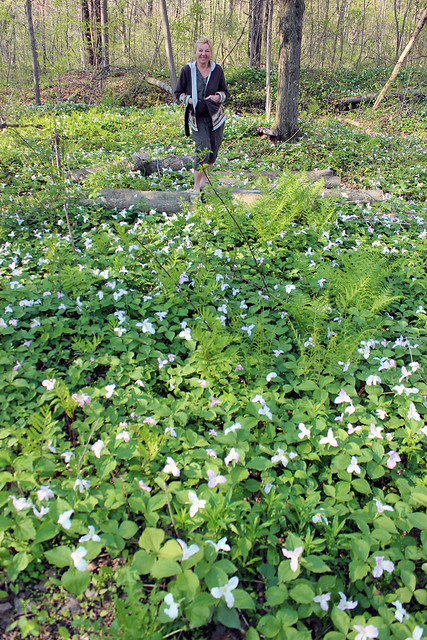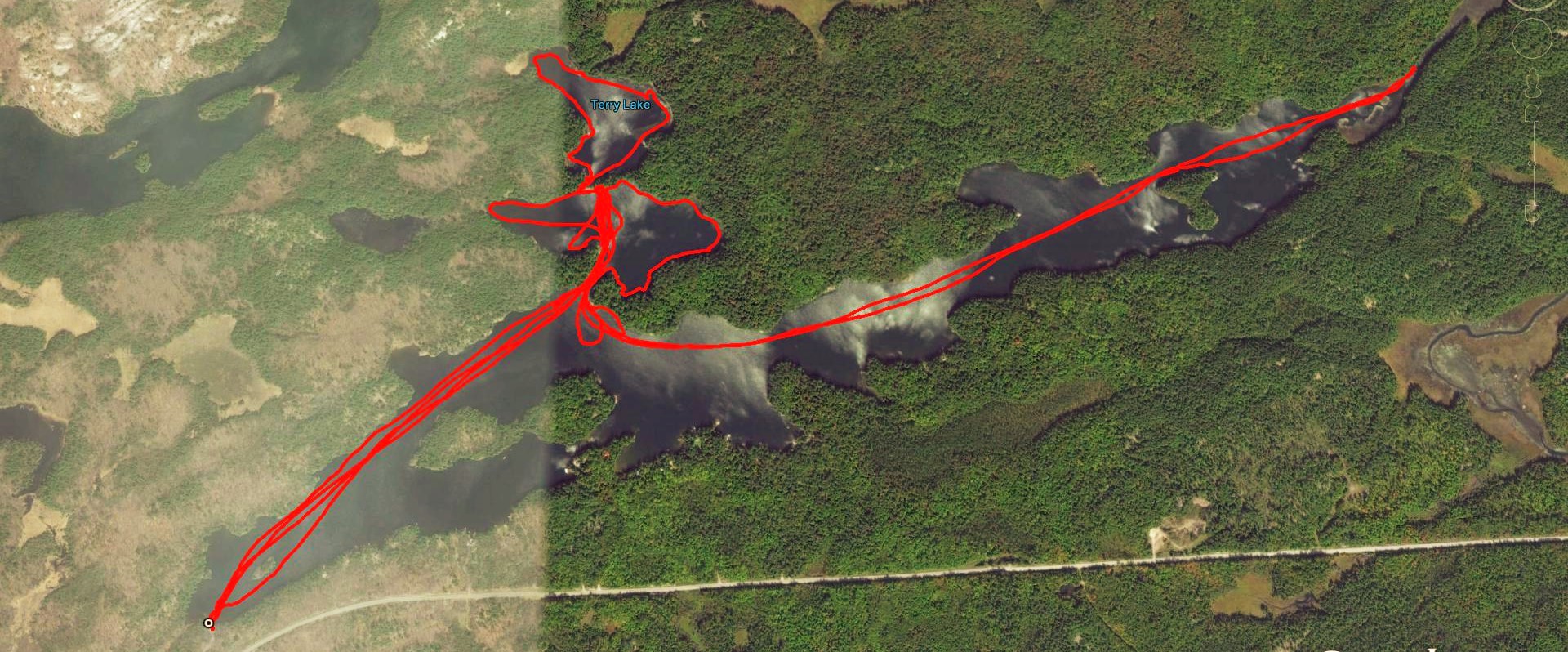 |
| Paddling on Lake Carlyle and Terry Lake |
Catherine and I spent over one week camping on Carlyle Lake in June/July of last year and we thought that it would be a wonderful idea to visit the same lake again this year. Of course, we had to make a reservation many months before — after all, Killarney is one of the most popular parks in Ontario.
The drive
from Toronto took over 6 hours, but as always, it was very pleasant. Soon we
exited highway 69 and turned into road 637 leading to the park and the town of
Killarney. Not long after we spotted a smallish black bear, walking erratically
along the road. We stopped and were watching it for a while. The bear appeared
a little disoriented — it was walking on the right side of the road, then for a
while in the middle, crossed over to the left, then again to the right and
finally ran to the left, disappearing in the forest. Probably it had too much
to drink the previous night…
After
arriving at the Lake George office at 2:30 pm o’clock, we quickly obtained a
permit, drove back to the Carlyle Lake access point, unloaded the car and at
3:30 pm started paddling. Last year we had been hoping to get campsite no. 55,
yet were beaten to it by a group of young people and ended up on campsite #56,
which turned out to be awesome! This time all the campsites were vacant and we
were deciding between campsites no. 55 and 56. Although campsite #56 was, in
all probability, better, we decided to try the other one, #55 — we had never
camped there as well as it had a small waterfall and another lake, Terry
Lake—as well as we could see our 'old' campsite #56. The access was a little
difficult and we had to drag our stuff up the steep and rugged hill, but once
we were done, we enjoyed this campsite very much.
The thunder
box (i.e. an outhouse without the house) required walking for 1 minute through
a very beautiful area, but some campers were not using it, as evidenced by
scattered toiled paper. Black flies, which should have vanished by then, were
still active and biting. Later we had a nice campfire and went to our tent
quite early.
Our friends,
Sue and Ian, arrived the next day at noon and all of us portaged over the
waterfalls (15 meters) to the adjacent Terry Lake, where we paddled for one
hour in hot sunlight. While portaging back to Carlyle Lake, Catherine fell into
the water — well, at least she did not have to take a shower! While we were
having lunch, Andrea and her daughter, Barbara (who had just written her bar
exam) arrived. It turned out that Killarney Canoe had not delivered their
canoes on time and despite 2 phone calls, they still waited for 2 hours.
 |
| Beaver dam on Carlyle Lake |
In the
evening Catherine, Andrea, Barbara and I went for a paddle on Carlyle Lake.
After reaching a beaver dam in the narrows leading to Johnnie Lake, we paddled
back to the campsite under the glow of stars and the firelight of the campfire that
Ian & Sue had built. Mosquitoes were bad and all of us had to spray.
Earlier that day Barbara pointed out to a big water snake on our campsite — I
was surprised to see it so far from the water!
The next day
Sue & Ian left mid-morning. We spent a few hours just relaxing and talking.
Later Andrea and Barbara packed up and all of us paddled together, then bid
them goodbye, paddled to the parking lot, chained the canoe to the tree and
drove to the town of Killarney. The first thing that we noticed was that the
famous red school bus, from which Herbert Fisheries Restaurant had operated,
was gone! There was a new restaurant building under construction and Herbert
Fisheries operated from a temporary trailer. A few days later we heard a news
item on the radio about Herbert Fisheries — the owner said that when the old
red school bus was being towed away, she felt like crying!
 |
| Herbert Fisheries-indeed, very famous! |
After having French
fries and cold beer (the LCBO store is just a stone’s throw from there), we
went to the town’s main store, Pitfield’s. Suddenly we noticed a sudden drop in
temperature, the dark sky was crisscrossed by lighting and pouring rain
followed. We sat at the back of Pitfield’s and watched passing boats in the
channel. Once it stopped raining, we strolled along the channel and as I looked
in the south-eastern direction, I could see
the outlines of Martins Island, Centre Island and West Fox Island, where
we camped several years ago. Then drove to the lighthouse, but the road was
washed out and we did not want to take any chances. We visited the local
‘self-serve’ airport — it was possible for pilots to turn on lights along the
landing strip with their radio. It was getting dark, so we quickly drove back
to the parking lot, unchained the canoe and in darkness paddled to the campsite.
Since we
love having grilled steaks over the campfire, I had purchased plenty of beef
steaks from Value Mart and marinated them. Unfortunately, they turned out so
bad (tough, tasteless) that instead of grilling them, we stewed them, yet they
were still very mediocre. It was not the first time we had such a bad
experience — sometimes beef steaks are excellent, sometimes they are terrible
(several months later we grilled a couple of T-bone steaks at Catherine’s
house, yet they were so tasteless and tough that the next day we returned them
to Value Mart). That was why from then on we decided to bring pork steaks or
ribs, which are not only less expensive, but always turn out scrumptious.
During the
remaining few days we paddled on Carlyle Lake — sometimes it was quite windy —
and visited the town of Killarney once more, this time going to the church
(that looked like a lighthouse) and the graveyard, located a few km north,
along road number 637. There were plenty of familiar names — after all, most of
the residents of Killarney are descendants of original pioneers who married
Native women, so they were related and many possessed a Certificate of Indian
Status. Such certificate exempted them from paying certain taxes, especially
when they purchased goods on a reserve or the goods were delivered to a
reserve. And since there was an Indian reserve close by (Point Grondine Indian
Reserve — once we had camped there overnight) which straddled road 637, a new
store and a gas station had just been built there. It was run by a native woman
and she said that a lot of people from the town of Killarney came and bought
gas there since they did not have to pay tax.
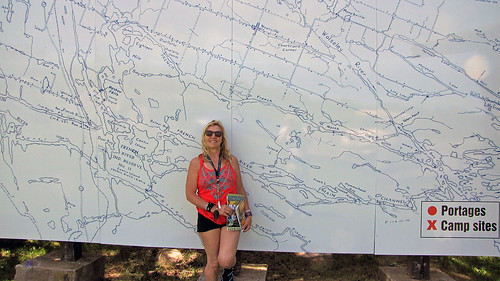 |
| Catherine in front of the French River map near the French River Trading Post & the Hungry Bear Restaurant |
On July 3,
2014, we packed up, paddled to the parking lot and drove straight to the park,
where we took a refreshing shower and changed our clothes. Then we headed
towards Toronto, stopping for an hour at the Hungry Bear restaurant and
visiting the amazing Trading Post, which had plenty of fascinating books,
albums and videos on local history, innovative pottery (some featured paintings
of the “Group of Seven” and Benjamin Chee Chee), Native Craft, postcards,
clothing, shoes, colorful t-shirts, fishing equipment, knives, maps, carvings
and food items. Granted, some of them are quite pricey, but are also quite distinctive.
The second
stop was at Pointe au Baril. We drove on road 644 and stopped at a lovely
church. We kept driving until we reached Payne Marina. A couple (Mr. Rob Harris
and his wife) with two very friendly dogs were just preparing to depart on
their boat and while I was playing with the dogs, Catherine struck up a
conversation with them: we were interested in canoeing in the area one day and
were curious if there were any public islands/shores (i.e., crown land) where
we could camp. Well, not only did they tell us a lot of things, but invited us
for a 30 minute boat ride! Indeed, the area was very nice, although I was a
little concerned about the open water we would have to paddle on. We thanked
them for the tour. Incidentally, that encounter soon bore fruits. Once I got
home, I spent a few hours studying the map of Georgian Bay and we ended up
going to Franklin Island, where we camped for almost one week.
Of course, I
wish I could, one day, explore the interior of Killarney Park, yet it would
involve plenty of often long portages. Nevertheless, we always enjoy paddling
on portage-less lakes in Killarney!
Blog
po polsku/Blog in the Polish language: http://ontario-nature-polish.blogspot.ca/2015/10/killarney-ontariobiwakowanie-i-pywanie.html
